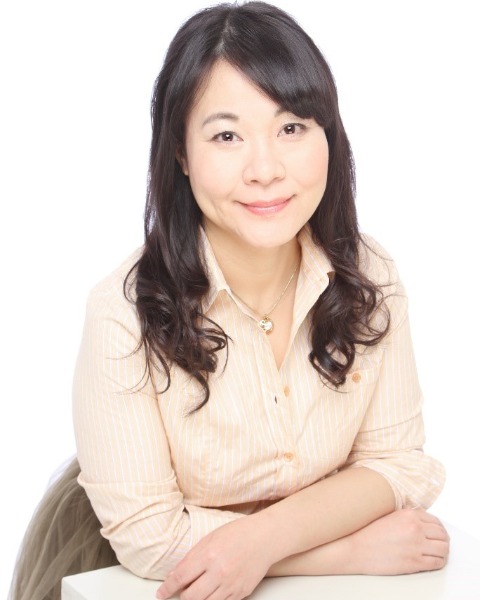Individual Paper
9. Foodscapes: Cultivation, Livelihoods, Gastronomy
Transition of Values Reflected in Home Cooking Features in Japanese Women's Magazines: A Focus on Active Seniors
Japan is set to become a super-aged society by 2025, in which one in five Japanese citizens will be aged 75 or older. This "2025 Problem" is expected to entail labor shortages, lack of medical professionals, and the escalating costs of social security. Amid these concerns, it is crucial not to overlook the presence of "active seniors," a demographic that defies traditional stereotypes associated with the elderly. This presentation examines active senior women, ranging from the age of 65 to the Baby Boomer generation, shedding light on how their values surrounding home cooking have evolved from their youth to the present, in tandem with changes in societal contexts and life stages. This evolution is explored through an analysis of home cooking features in popular women's magazines. The study first delves into the historical background of women's magazines and discusses the role and impact of home cooking features. Subsequently, key themes from cooking features in popular magazines such as MORE, Sutekina Okusan, and Halmek are extracted, and the purposes and motivations behind these recipes are examined. Additionally, the shifting definition of food "safety" is analyzed. The results reveal a transformation spanning four decades, from the 1980s to 2020. During this period, cooking evolved from being influenced heavily by Westernization, emphasizing handmade dishes as expressions of love and essential skills for brides, to encompassing themes of thrift, economic considerations, and curiosity about cultural diversity. This transition illustrates a shift from social connections to personal fulfillment in the realm of cooking.

Mika H. Vermeulen
Nagoya University of Foreign Studies, Japan

.png)